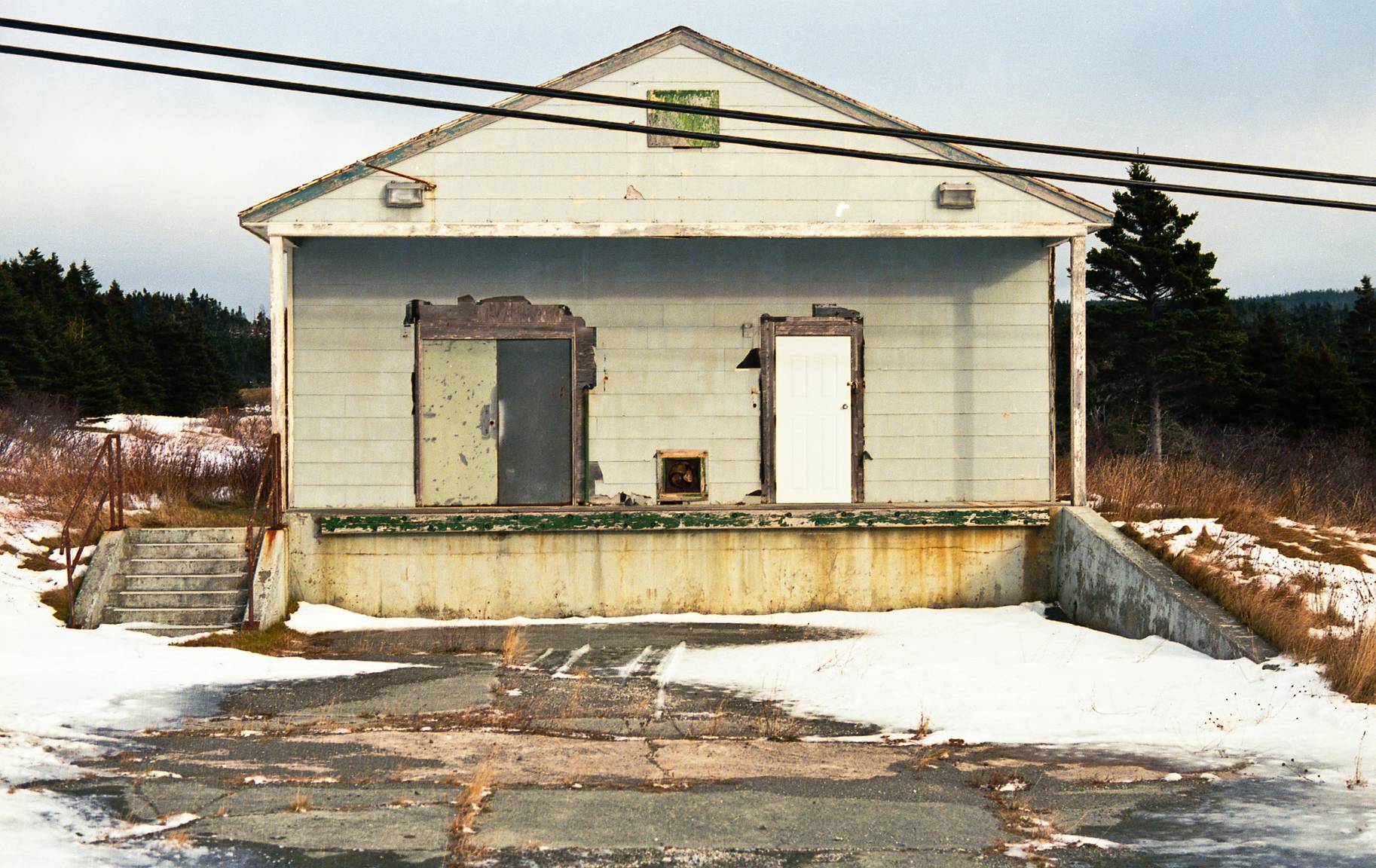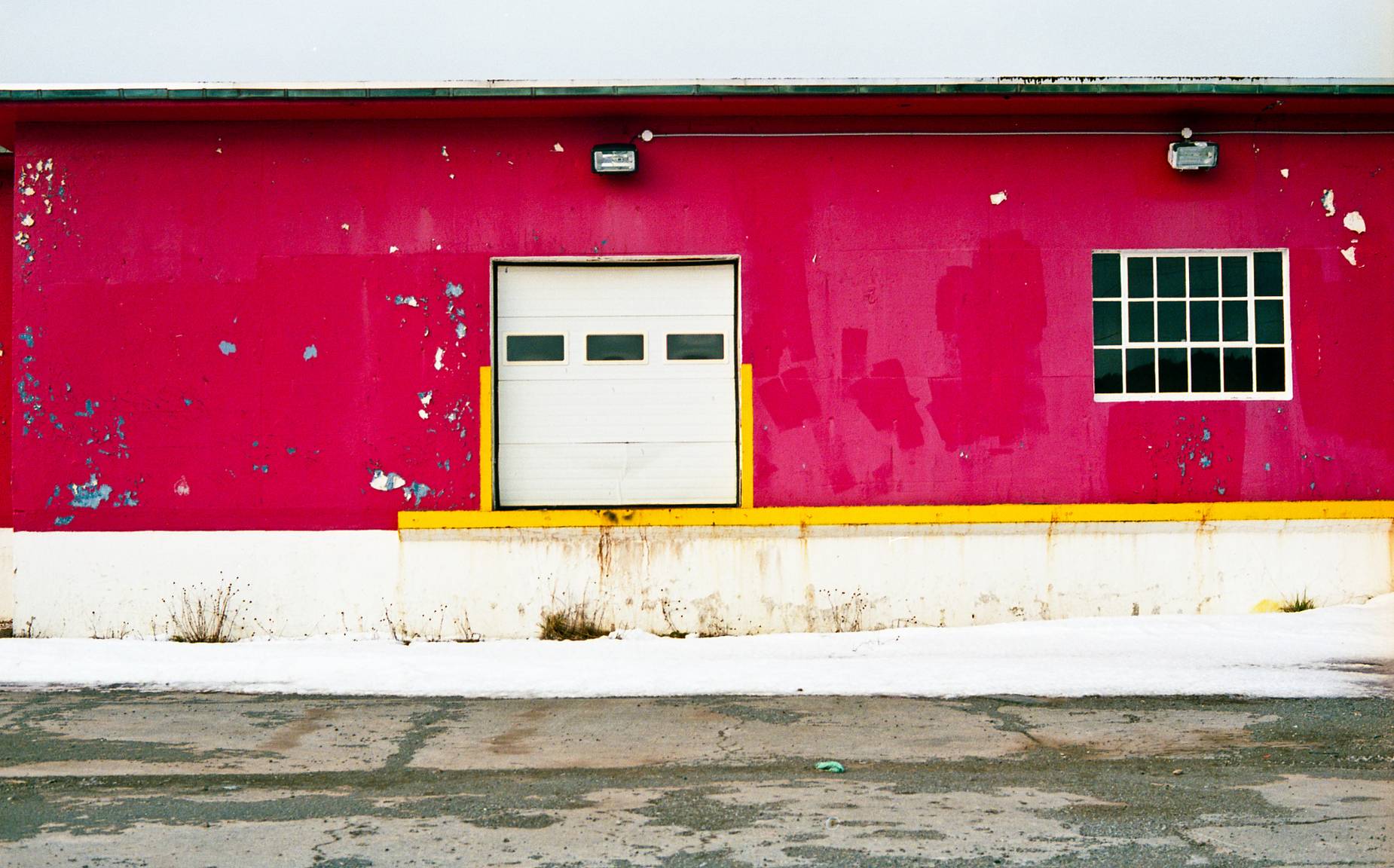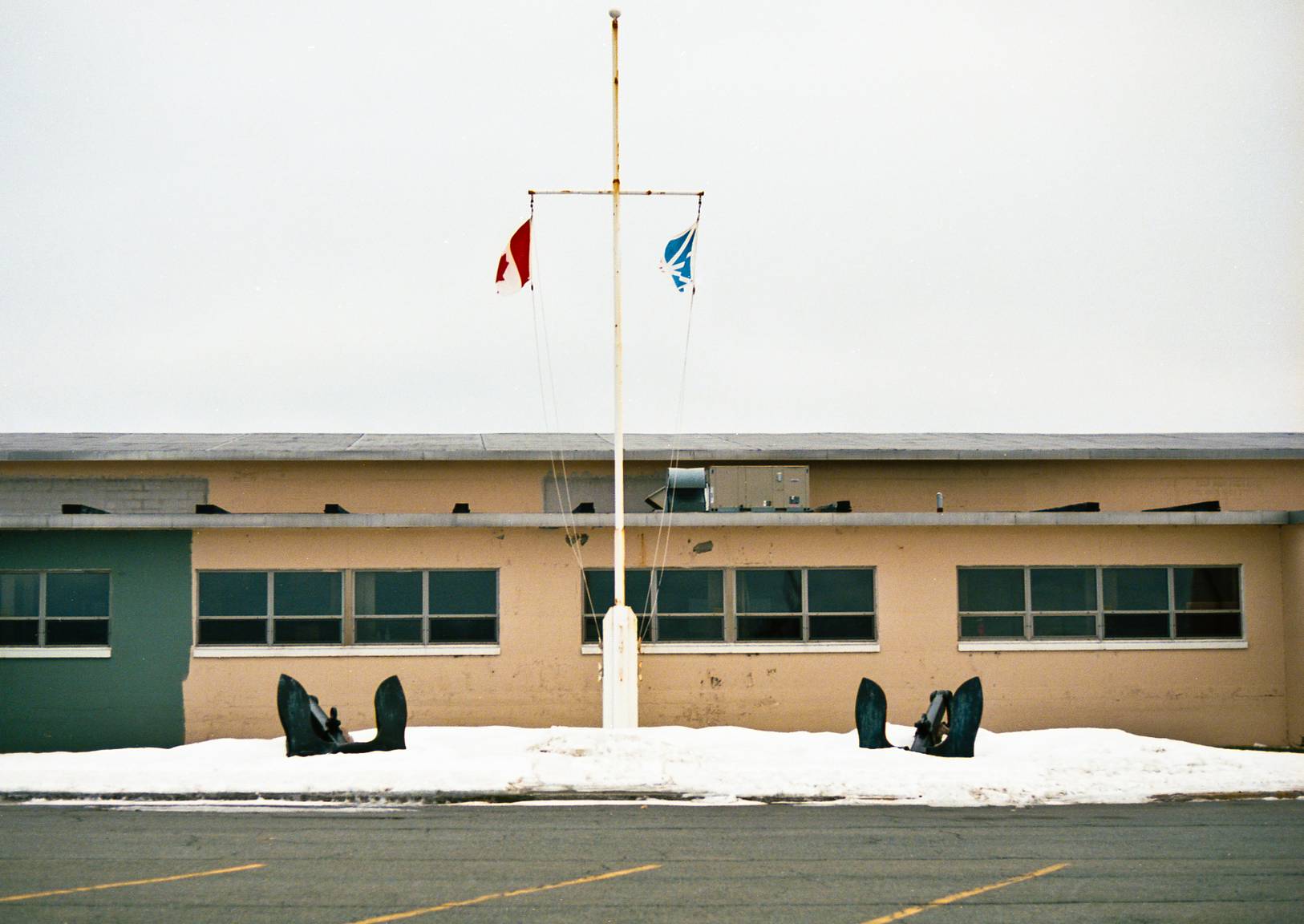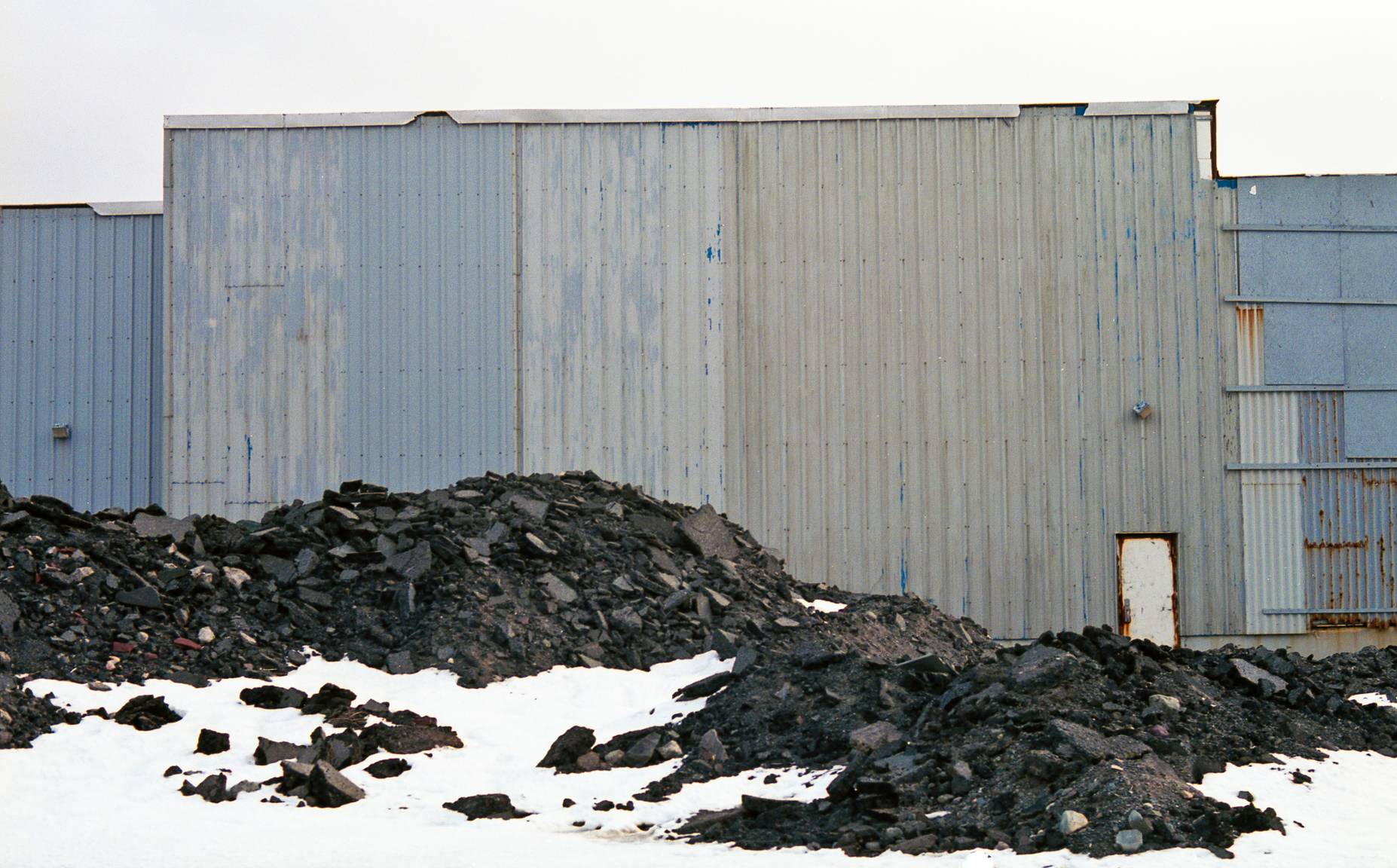A Cold War Fades Away
5 13 Share TweetWhat happens to a bustling community once its no longer deemed necessary? Canada-based photographer Keith Walsh seeks for answers on the decaying remnants of a former United States Naval Base in Argentia, Newfoundland.
Struggling to keep upright as gale force wind gusts whoosh across the abandoned runway I look directly ahead, though dense grey mist, towards the distinctive twin hills across the boiling winter sea that marks the point near which Winston Churchill and Franklin D. Roosevelt met aboard the American warship USS Augusta in the summer of 1941. In the dark days of the second world war, before America was officially involved the two leaders had worked out an agreement for military cooperation and a framework for a post-war world known as the Atlantic Charter, generally accepted has basis upon which the United Nations would be built.

That world seems almost impossible to imagine from this vantage point. The massive American naval base that was built on this site persisted after the war, engaging in the monitoring of Soviet nuclear submarines operating in the North Atlantic. In phases, over decades however, the base slowly shrank. By 1975 the air base had been shuttered, leaving an aeronautical ghost town of runways, towers, hangers, bunkers, buildings, and assorted military debris, essentially intact and little used for decades afterwards. With the fall of the Berlin Wall in 1989 the peace dividend included the closure of the remaining United States Naval Facility Argentia in 1994, and with it one of the regions largest employers. Growing up in the area in the 70s and 80s it was common to see civilian vehicles with US Department of Defense stickers fixed to their bumpers or white US Navy vehicles on the streets.
All that history, all the relationships formed, it’s all long gone. From the vantage point of more than two decades since the base closure it becomes apparent that history is fading away. Exploring the former base, it’s remarkable to see how many buildings and structures have vanished. Towers, power plant stacks, the massive residential apartment block, and family housing units. That said, many persist. Some have been repurposed, with a new splash of paint, for civilian commercial purposes, while others slowly decay in the harsh marine climate, pealing, chipping, cracking and crumbling. Walking through the former base in the early days of the new winter feels like entering an abandoned, lost, world. Most of the businesses that now exist here are shuttered for the holidays and I’m free to wander, virtually alone among the remains.
Along the vast, crumbling runways, their surfaces slowing being atomized into tiny stones with small plants pushing through. Nature reclaiming the land. Continuing past aircraft hangers barely holding on. Punctured with holes, steel girders threatening to tumble at any instant. Signs warning of the possibility of imminent danger. I wander past desiccated fire hydrants, their urgent colors still visible through rust and grit. Once bustling buildings now wear busted windows and pealing panels. Stacks of excavated asphalt and soil are piled like slag. A reminder of the more than $100 million dollars invested in cleaning up the decades of military waste. Aviation fuel, PCBs, heavy metals, and asbestos, just to name a few. The process continues as I note more signs announcing imminent demolition.
I continue down roads that now seem to lead nowhere, just to an empty pad where some building once sat. Still, some large military buildings remain, having been re-purposed by metal works and fabrication companies involved in the various industrial projects that have brought a renewed degree of prosperity to the region in recent years. I ponder what their original, military purpose, had been. One seems like it had been a workshop of some sort while another baffles. It reminds be the of those large cold storage apple packing buildings in Washington State. I continually happen upon oddities. A former navy aircraft deicing truck, probably of 1960s vintage, a couple of rusty cannons that pre-date the Americans by hundreds of years, and modern shipping containers toppled by the pervious days wind storms like a child’s toy building blocks.
There remains an ever creeping feeling of the past being erased bit by bit. New industrial structures, dry docks, storage yards all steadily erasing the military past of the site. One day the physical reality of that history will simply, if imperceptibly, vanish.
To see more of Keith Walsh's photographs, head to his website or LomoHome
written by Keith Walsh on 2018-08-07 #places #travel #newfoundland #united-states #cold-war #argentia





























5 Comments